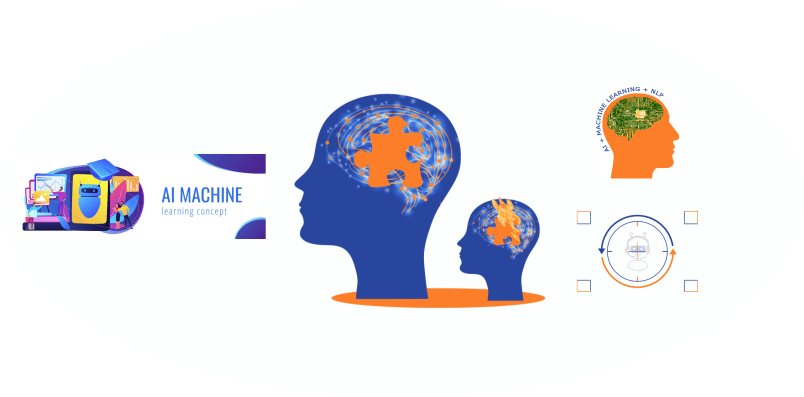Solving for X
Unlocking the Power of AI: What It Takes to Implement an AI Model
Artificial Intelligence (AI) has the potential to revolutionize business operations, driving efficiency, innovation, and competitive advantage. However, for many businesses, the journey to integrating AI into their systems can be daunting, especially when considering the costs involved. At Proxzar, we specialize in helping companies navigate this complex landscape with private AI models based on the Llama LLM. Here, we break down the essential cost factors to consider when planning your AI implementation.
- Development Costs
- Initial Research and Feasibility Study:
- Before diving into AI, conducting a comprehensive feasibility study is crucial. This involves assessing the business needs, potential AI applications, and expected ROI. This phase may require consultation with AI experts, costing anywhere from a few thousand to tens of thousands of dollars, depending on the project’s complexity.
- Model Development and Training:
- Developing and training an AI model involves significant resources. This includes data collection and preprocessing, algorithm selection, and iterative testing. Depending on the model’s complexity, development costs can range from $X or more.
- Initial Research and Feasibility Study:
- Technical Resources
- Hardware and Infrastructure:
- AI models require substantial computational power. Investing in high-performance GPUs, servers, and other infrastructure is necessary. For cloud-based solutions, ongoing costs will include cloud service fees. Initial hardware costs can range from $X, while cloud service fees can vary based on usage.
- Software and Tools:
- Licenses for AI development tools, frameworks, and platforms also contribute to the costs. While open-source tools are available, proprietary software might offer enhanced features and support, adding to the budget.
- Hardware and Infrastructure:
- Human Resources
- AI Specialists and Data Scientists:
- Skilled professionals are essential for developing, training, and maintaining AI models. Salaries for AI specialists and data scientists can range from $X per year, depending on expertise and location.
- Ongoing Training and Support:
- Continuous training and support for your team to keep up with AI advancements is crucial. This could involve workshops, courses, and certifications, costing $X annually.
- AI Specialists and Data Scientists:
- Implementation and Integration
- System Integration:
- Integrating AI models into existing business systems and workflows requires careful planning and execution. This phase may involve additional software development, testing, and debugging, costing between $X.
- Change Management:
- Successfully implementing AI also means managing change within the organization. Training staff, updating processes, and ensuring smooth adoption are critical. This can cost between $X.
- System Integration:
- Inference and Operational Costs
- Inference Costs:
- Running AI models in production involves inference costs. This includes the computational resources needed to process new data and generate outputs. Cloud-based inference can cost anywhere from $X per month, depending on usage.
- Maintenance and Updates:
- AI models require regular maintenance and updates to remain effective. This includes monitoring performance, retraining with new data, and updating algorithms. Annual maintenance costs can range from $X.
- Inference Costs:
Conclusion
Integrating AI into your business systems is a substantial investment, but the potential benefits can far outweigh the costs. By understanding the various cost components involved in AI implementation, businesses can better plan and budget for a successful AI journey. At Proxzar, we are dedicated to helping companies navigate this path, providing customized AI models and expert guidance to ensure you achieve your AI goals.
Ready to transform your business with AI? Contact Proxzar today to get started.

